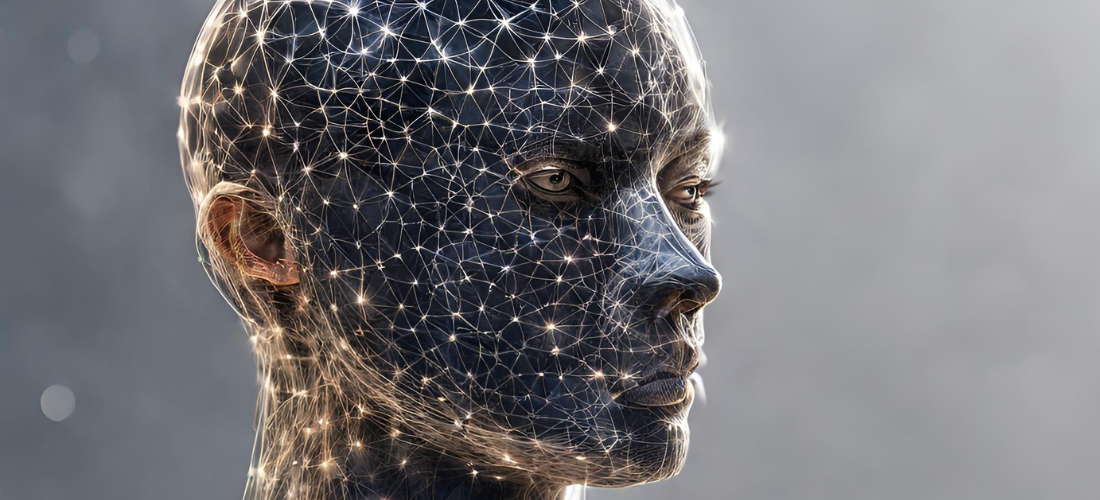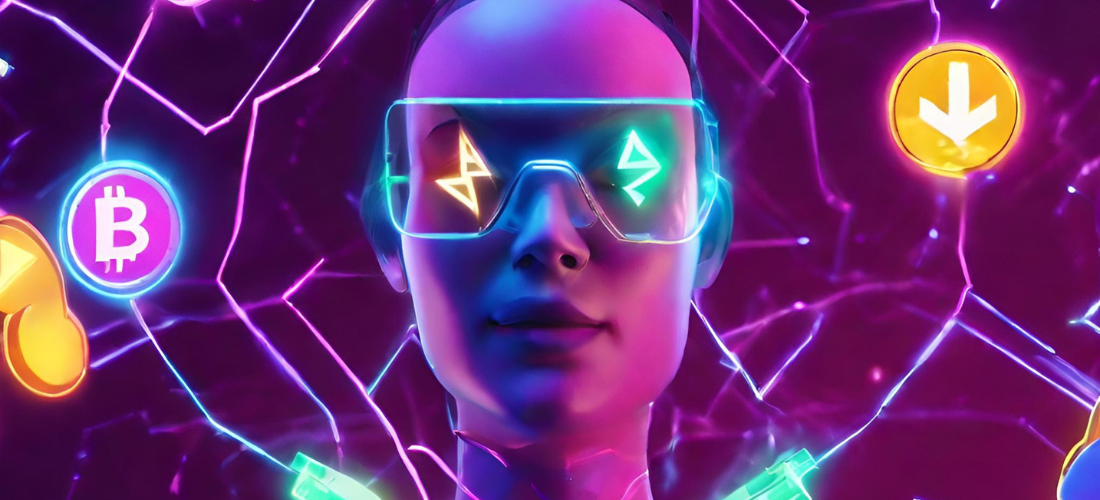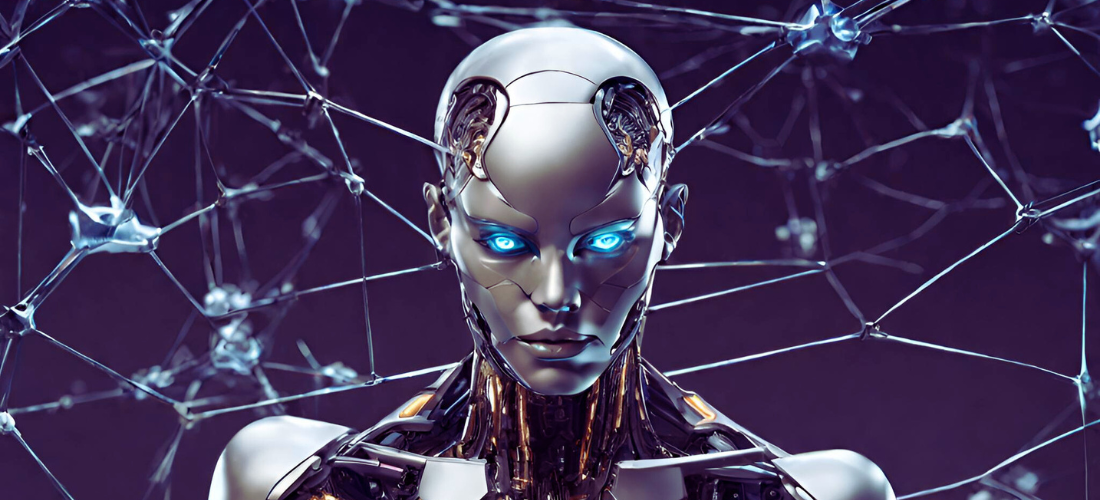Web3 Payments - Transforming Digital Transactions

Introduction
The emergence of Web3 has marked a turning point in how we interact online. This article will explore the impact of Web3 on payments and how it is transforming digital transactions. From asset tokenization to smart contracts, we delve into a world where digital finance is undergoing a disruptive change.

Web3 and the Metaverse
The Metaverse, a constantly expanding three-dimensional virtual space, is quickly becoming an environment where social, economic, and entertainment interactions merge. This digital world promises a more immersive and collaborative online experience. In the context of Web3 technology, it represents a continually evolving and expanding virtual environment. Unlike conventional digital environments, the Metaverse is characterized by its depth and complexity, making it a fertile ground for generating new business models with a wide range of digital interactions and experiences.

Web3: The Infrastructure of the Metaverse
The rise of the Metaverse as a constantly growing and evolving virtual environment has been largely enabled by the powerful technological infrastructure known as Web3. This infrastructure represents the technological core that allows the convergence of a wide range of digital interactions in the Metaverse. Web3 is distinguished by its key principles: decentralization, blockchain, and digital assets, all working together to create an environment where ownership and value can be transferred seamlessly and securely.
At the heart of Web3 infrastructure lies the principle of decentralization. Unlike traditional centralized systems, Web3 operates on a decentralized network of nodes and distributed servers. This means there is no central entity or authority that controls the Metaverse. Instead, decision-making and control are distributed across the network, ensuring greater resistance to censorship and failures.
In the Metaverse, thanks to Web3 technology, digital assets play a fundamental role. These assets can range from cryptocurrencies to tokens representing virtual goods or real-world assets. The ability to tokenize real-world assets, such as real estate or even artworks, enables frictionless value transfer and accurate representation of ownership in the Metaverse. Users can securely and efficiently exchange these assets, creating dynamic virtual economies and a decentralized financial ecosystem.

The Web3 Payments Revolution
In Web3, real-world assets are tokenized, meaning they are converted into digital representations on a blockchain. This facilitates the transfer of ownership and the trade of goods and services within the Metaverse in a secure and efficient manner. Below, we detail some of its key components:
Smart Contracts
Smart contracts are autonomous programs that automatically execute agreements when certain conditions are met. In the Metaverse, these contracts play a vital role in automating payments and creating decentralized financial systems.
Smart Contracts and Automated Payments
Smart contracts enable the programming of recurring payments and payment for services based on usage. This simplifies transactions, ensures guarantees, and allows participants to receive their funds promptly.
Micropayments and Virtual Economies
In the Metaverse, micropayments become feasible thanks to low friction and reduced transaction costs on the blockchain. This leads to vibrant virtual economies and the monetization of digital content.

Challenges and Solutions
As the Metaverse expands and Web3 transactions continue to grow relentlessly, one of the most pressing challenges is scalability. Scalability becomes the core of the technological conversation, as the blockchains supporting these transactions must evolve to handle a growing and massive volume of transactions. The need is clear: maintain high processing speeds, reduce costs, and simultaneously ensure security and decentralization, which are fundamental pillars of Web3.
To address this challenge, the technology community has embarked on a continuous search for innovative solutions. One key strategy is the implementation of "sidechains," which are secondary blockchains interconnected with the main one and allowing for increased processing capacity. Additionally, "scalability layers" have become a popular focus, allowing transactions to occur off the main chain, thus reducing the load on the main system.
Furthermore, ongoing research into consensus algorithms plays an essential role in achieving scalability without compromising security. The community strives to develop more efficient consensus methods that maintain network integrity without sacrificing speed.

Privacy and Security in Web3
Privacy and security are cornerstones of Web3. With the growing importance of the digital economy and online transactions, protecting user identity and data is essential. Advanced protocols like Zero-Knowledge Proofs and homomorphic cryptography come into play here.
Zero-Knowledge Proofs are a powerful tool that allows the verification of a statement's truth without revealing the underlying information. In other words, two parties can confirm a fact is true without disclosing specific details of the fact itself. This ensures a high degree of privacy while maintaining trust in transactions.
On the other hand, homomorphic cryptography allows calculations on encrypted data without decrypting it, meaning data can remain secure and confidential even during processing. This technique is used to safeguard personal and financial information in online transactions.
Scalability and security are two crucial pillars in the development of Web3 technology. The technology community works tirelessly to address the scalability challenge and ensure that Web3 transactions are fast, efficient, and secure. Additionally, the implementation of advanced privacy and security techniques, such as Zero-Knowledge Proofs and homomorphic cryptography, ensures user confidentiality is a priority in this exciting new digital paradigm.

The Future of Payments in Web3
The future of payments in the Web3 environment is an exciting and promising horizon. As technologies continue to evolve in this sphere, significant advancements that will redefine how we conduct digital transactions are on the horizon. Below, we explain some of the most exciting trends we can observe today:
Multiplatform Payments: Convergence of Virtual Worlds
One of the most notable developments is the growing use of truly multiplatform payment systems. In this landscape, users have the ability to make payments not only in one virtual world but in a variety of digital environments and virtual worlds. We are no longer limited to a single platform. Today, we have the possibility to purchase goods and services in one metaverse, then transfer those assets to another virtual world or digital platform seamlessly. This capability is opening a new level of flexibility and convenience in the digital economy.
Interoperability: Uniting Digital Ecosystems
Interoperability becomes the norm in the Web3 ecosystem. Different blockchains and payment systems connect more effectively, allowing for seamless value transfer from one network to another. This interconnection removes traditional barriers between various digital ecosystems and promotes greater collaboration and synergy among them. For example, we may see digital assets transferred seamlessly between an Ethereum-based blockchain and one based on Binance Smart Chain. This deeper integration will facilitate widespread adoption and expansion of decentralized finance (DeFi) and other Web3 services as users can leverage multiple platforms seamlessly.
New Forms of Value: Beyond Cryptocurrencies
The tokenization of assets, which has already gained significant momentum in Web3, is expanding even further beyond conventional cryptocurrencies. New forms of tokenization are emerging, such as the tokenization of virtual goods, properties in virtual worlds, digital art, exclusive digital content, and intangible assets like copyrights and intellectual properties. This not only revolutionizes how these assets are acquired and traded but also opens new investment opportunities and access to ownership. The ability to purchase a portion of an exclusive digital artwork today or invest in an emerging virtual reality project through tokens is becoming an endless source of innovation and diversity in the Web3 economic landscape.
The future of payments in Web3 is truly exciting, with significant advancements in how we conduct digital transactions. With multiplatform payments, interoperability, and the tokenization of a wide range of assets, we are entering an era where the digital economy expands and diversifies in ways that could only be imagined a few years ago. These changes will not only transform how we handle our finances but also influence the culture and society we live in.

Conclusion
Web3, as an advanced technological infrastructure, is fundamentally reshaping how digital transactions are conducted, unleashing a range of unprecedented opportunities in both the financial sphere and digital inclusion. Despite inherent challenges, the future of payments in the context of Web3 appears with an exciting and transformative aura, where the boundaries between virtual reality and the digital economy fade even further, shaping a new economic paradigm.
This new paradigm represents not only a shift in transaction mechanics but also fosters greater democratization and accessibility to financial and economic services. With Web3, people from around the world can actively participate in virtual and digital economies without the traditional constraints of geography or financial hierarchy. Financial inclusion becomes a tangible reality, meaning more individuals, regardless of their location or economic status, have the ability to access financial services, invest, save, and participate in an increasingly interconnected global economy.
Despite the challenges ahead, such as the need to address scalability and further ensure privacy and security in transactions, progress in Web3 continues to advance. Technological solutions continue to emerge, indicating an ongoing commitment to improvement and resolution of these challenges.
The horizon of the Metaverse and the digital economy presents a place where imagination and innovation have no bounds, and where individuals have the opportunity to forge their own financial path in a global and diverse environment. Ultimately, Web3 is not only transforming digital transactions but also paving the way for a more inclusive and empowering future for humanity as a whole.



